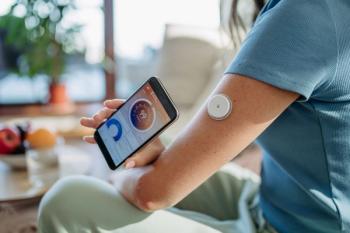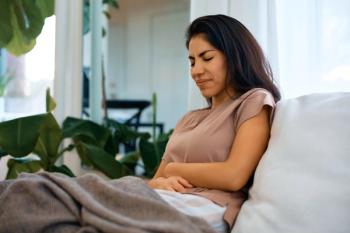
Osteoporosis During Pregnancy And Lactation
A young woman (P.A.) suffered from back pain for almost 2 years before contacting our Bone Metabolic Unit in 1996. She was a beautiful South-Italian woman, 26 years old, with dark eyes, dark hair, and an olive complexion.
A young woman (P.A.) suffered from back pain for almost 2 years before contacting our Bone Metabolic Unit in 1996. She was a beautiful South-Italian woman, 26 years old, with dark eyes, dark hair, and an olive complexion. She was tall and thin (weight 57 kg, height 167 cm). A non-smoker, non-drinker, she had always been healthy, and never had to take drugs until age 24. At this age, she had her first baby (a male). During pregnancy, no oral calcium supplementation was prescribed, and in the last month of pregnancy she began to suffer from back pain. Her body weight
An accurate anamnesis revealed a family history negative for bone metabolic diseases and osteoporosis. She never had bone fractures, and her risk factors for osteoporosis were limited to lack of regular physical activity and poor intake of calcium (less than 600 mg/day). A first batch of several lab tests and diagnostic exams were requested. The lab tests were completely normal and excluded thyroid dysfunction or other endocrine diseases, as well as coeliac disease and liver impairment. Calcium and phosphate metabolism were perfectly normal (Serum calcium 9.3 mg/dL; phosphate 3.6 mg/dL; magnesium 1.8 mg/dL. Plasma alkaline phosphatase 98 mU/mL. Serum osteocalcin 5.9 ng/mL; PTH 34.9 pg/mL; 25-OH vitamin D 41 ng/mL. Urinary calcium 133 mg/24h; phosphate 650 mg/24h; N-telopeptide procollagen I (NTx) 47 nMBCE/mMCrea). Bone mass
A diagnosis of osteoporosis
On the first follow-up visit after 8 months, she felt much better, she had to took analgesics only after physical strain. Her physical activity and diet had been as prescribed. Bone densitometry (DXA) showed an increase of bone mass (lumbar spine +3.4%; hip +4.2%). Unfortunately, she lamented heartburn, clearly related to alendronate and she asked me to withdraw the drug. She was not planning to have a second child, and considering the patient's age and the improved condition, I agreed to stop alendronate for the moment. The patients was urged to continue with her physical activity and diet. A follow-up schedule was agreed upon. On a second visit after another 10 months, she felt still better, and was no more taking any analgesic drug. X-ray showed no other deformity but those previously observed. Bone densitometry showed a stable bone mass. She is paying careful attention to her diet and physical activity.
Newsletter
Get the latest clinical updates, case studies, and expert commentary in obstetric and gynecologic care. Sign up now to stay informed.











